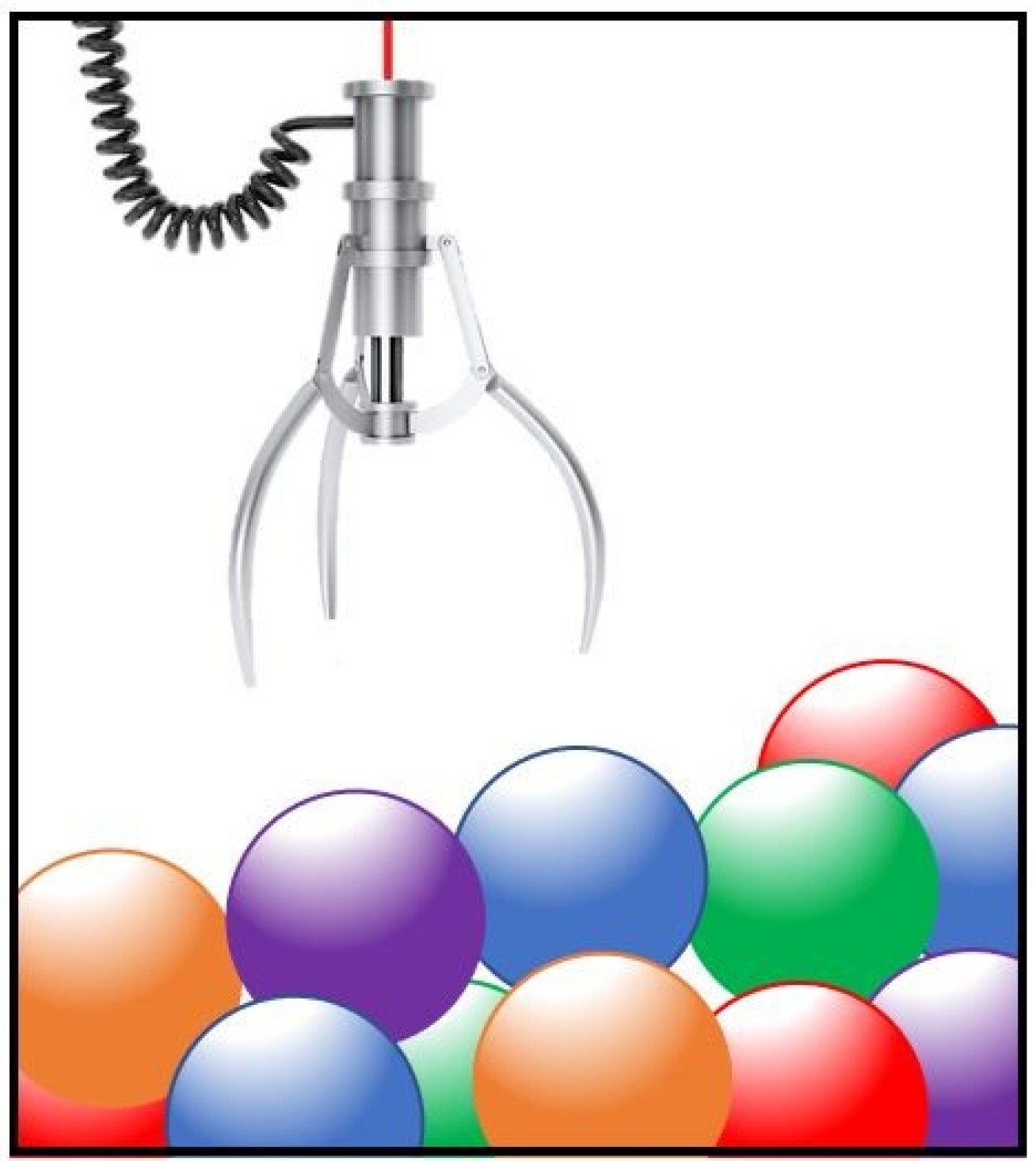

Researchers perform experiments that can add or subtract a single quantum of sound, with surprising results when applied to noisy sound fields.
Quantum mechanics tells us that physical objects can have both wave and particle properties. For instance, a single particle—or quantum—of light is known as a photon, and, in a similar fashion, a single quantum of sound is known as a phonon, which can be thought of as the smallest unit of sound energy.
Detecting a single photon gives us an event-ready signal that we have subtracted a single phonon. Georg Enzian
A team of researchers spanning Imperial College London, University of Oxford, the Niels Bohr Institute, University of Bath, and the Australian National University have performed an experiment that can add or subtract a single phonon to a high-frequency sound field using interactions with laser light.
The team’s findings aid the development of future quantum technologies, such as hardware components in a future ‘quantum internet’, and help pave the way for tests of quantum mechanics on a more macroscopic scale. The details of their research are published today in the prestigious journal Physical Review Letters.
To add or subtract a single quantum of sound, the team experimentally implement a technique proposed in 2013 that exploits correlations between photons and phonons created inside a resonator. More specifically, laser light is injected into a crystalline microresonator that supports both the light and the high-frequency sound waves.
The two types of waves then couple to one another via an electromagnetic interaction that creates light at a new frequency. Then, to subtract a single phonon, the team detect a single photon that has been up-shifted in frequency. “Detecting a single photon gives us an event-ready signal that we have subtracted a single phonon,” says lead author of the project Georg Enzian.
When the experiment is performed at a finite temperature, the sound field has random fluctuations from thermal noise. Thus, at any one time, the exact number of sound quanta present is unknown but on average there will be n phonons initially.
What happens now when you add or subtract a single phonon? At first thought, you may expect this would simply change the average to n + 1 or n - 1, respectively, however the actual outcome defies this intuition. Indeed, quite counterintuitively, when you subtract a single phonon, the average number of phonons actually goes up to 2n.
This surprising result where the mean number of quanta doubles has been observed for all-optical photon-subtraction experiments and is observed for the first time outside of optics here.

“One way to think of the experiment is to imagine a claw machine that you often see in video arcades, except that you can’t see how many toys there are inside the machine. Before you agree to play, you’ve been told that on average there are n toys inside but the exact number changes randomly each time you play. Then, immediately after a successful grab with the claw, the average number of toys actually goes up to 2n,” describes Michael Vanner, Principal Investigator of the Quantum Measurement Lab at Imperial College London.
It’s important to note that this result certainly does not violate energy conservation and comes about due to the statistics of thermal phonons.
The team’s results, combined with their recent experiment that reported strong coupling between light and sound in a microresonator, open a new path for quantum science and technology with sound waves.
-
'Single-phonon addition and subtraction to a mechanical thermal state' by G. Enzian, J. J. Price, L. Freisem, J. Nunn, J. Janousek, B. C. Buchler, P. K. Lam, and M. R. Vanner is published in Physical Review Letters.
Top image credit: StarLine/Shutterstock
Article text (excluding photos or graphics) © Imperial College London.
Photos and graphics subject to third party copyright used with permission or © Imperial College London.






Leave a comment
Your comment may be published, displaying your name as you provide it, unless you request otherwise. Your contact details will never be published.